The number of bones in the human body.
What is 206?
One function of the skeletal system is hematopoiesis, which means this.
What is blood cell production?
Synovial joints are synonymous with this functional classification.
What is diarthrosis?
Spreading your fingers is this type of movement.

What is abduction?
Another name for muscle cell.
What is muscle fiber?
This muscle type relies completely on the nervous system for contraction.
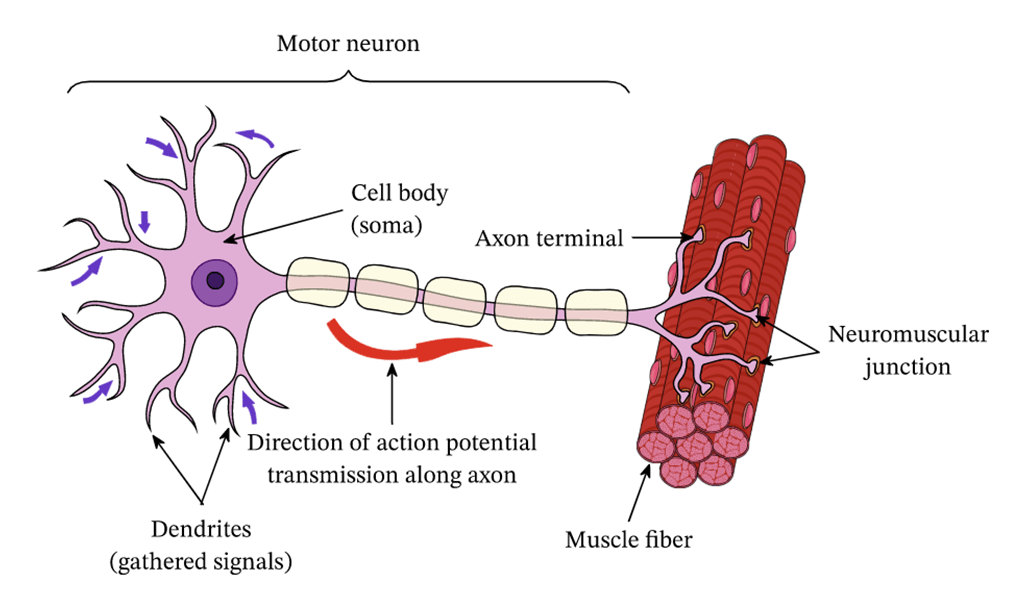
What is skeletal muscle?
These are young bone cells that build and construct bones by calcifying bone as it forms.
What are osteoblasts?
A cranial suture falls into this functional classification.
What is synarthrosis?
Lubrication in the joints is one function of this.
What is synovial fluid?
The functional unit of a muscle fiber.
What is the sarcomere?
The connective tissue that attaches muscle to bone.

What is tendon?
The connective tissue that joins one bone to another.

What are ligaments?
The pubic symphysis is this type of STRUCTURAL articulation.

What is cartilaginous?
The type of joint that allows your thumb to be oppositional to your other fingers.

What is saddle joint?
The fusion of many myoblast cells results in this unique characteristic of skeletal muscle.
What is multi-nucleated?
The neurotransmitter that is released from vesicles into the synaptic cleft.

What is acetylcholine (ACh)?
These cells play a critical role in the in the bone remodeling process by breaking down bone matrix that is not needed or is damaged.
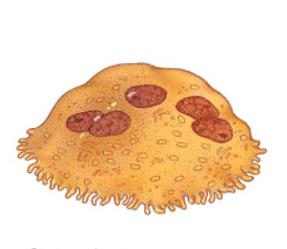
What are osteoclasts?
Arthritis starts with wear and tear on this.
What is articular cartilage?
Bending your elbow reduces the angle of the joint, making it this type of movement.
What is flexion?
Thick filaments are composed of this protein.

What is myosin?
The influx of this at the terminal end of the neuron causes the release of neurotransmitter.
What are calcium ions (Ca++)?
The end part of a long bone involved in articulation.
What is the epiphysis?
The structural joint that allows articulation of the mandible.
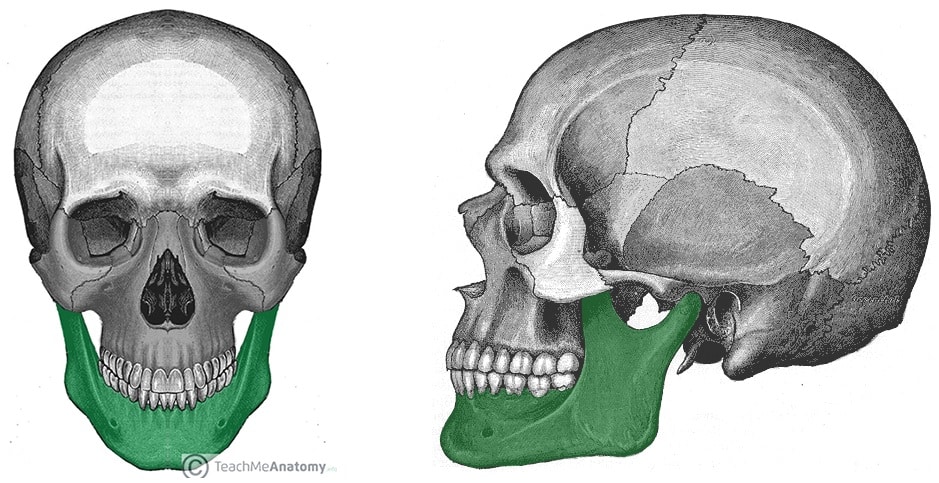
What is synovial?
Rotating the wrist so the palm is anterior, is this type of movement.

What is supination?
In addition to actin, thin filaments contain these two proteins.

What is troponin and tropomyosin?
During a contraction, the thick filaments pull the thin filaments towards this.

What is the M line?
The type of synovial joint between articulating carpals.
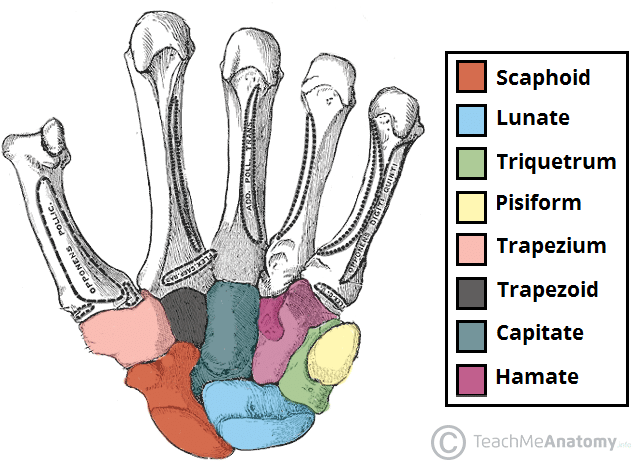
What is plane or gliding?
The synovial joint that allows maximal movement.
What is ball-and-socket?
Many tandem sarcomeres, or the grouping of thin and thick filaments, are collectively called this.
What is a myofibril?
Where a neuron communicates with a muscle fiber.
What is the neuromuscular junction (NMJ)?
The definition of amphiarthrosis.
What is slightly moveable?
The joint between vertebrae C1 and C2 is an example of this type of joint.
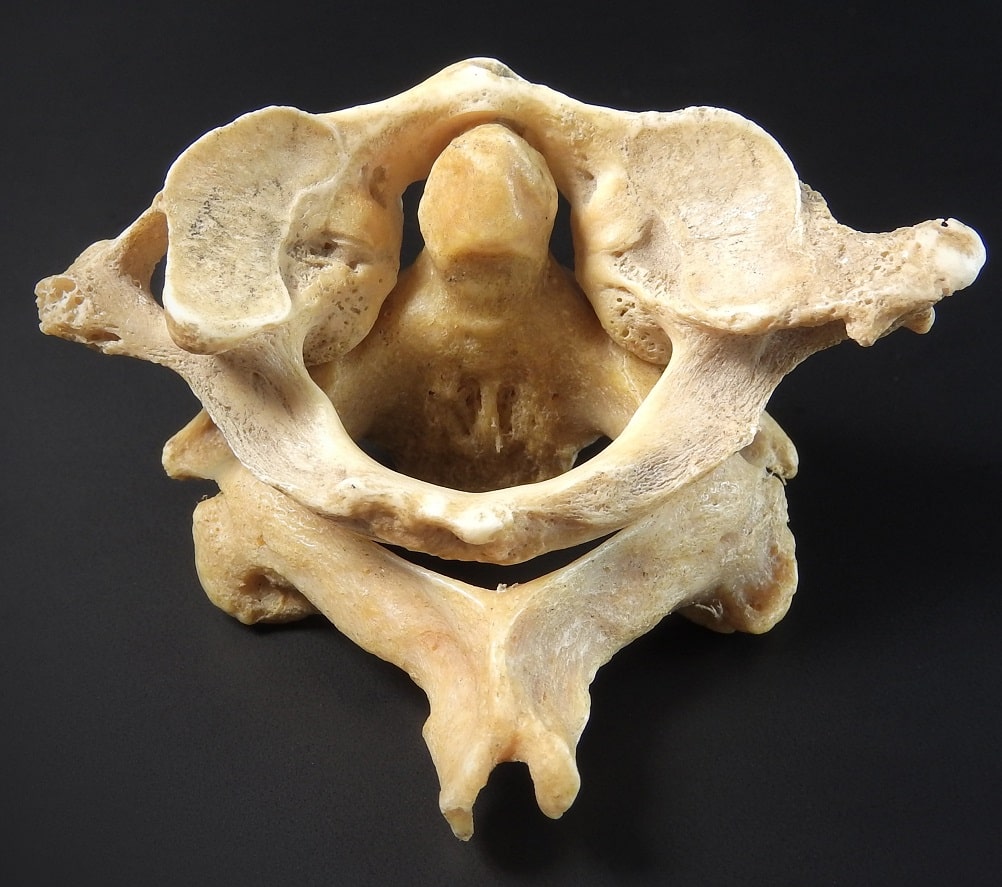
What is pivot?
The extension of the sarcolemma into the cell that surrounds each myofibril.

What are T-tubules?
T-tubules allow this to travel from the sarcolemma to the interior of the cell.
Ankle extension can also be called this type of movement.
What is plantar flexion?
The bones of the pelvis and the bones of the skull are held together by this type of STRUCTURAL joint.
What is fibrous?
Specialized organelle that stores calcium ions.

What is the sarcoplasmic reticulum?
Influx of this into the sarcolemma at the motor end plate allow an action potential to propagate along the membrane.
What are sodium ions (Na+)?